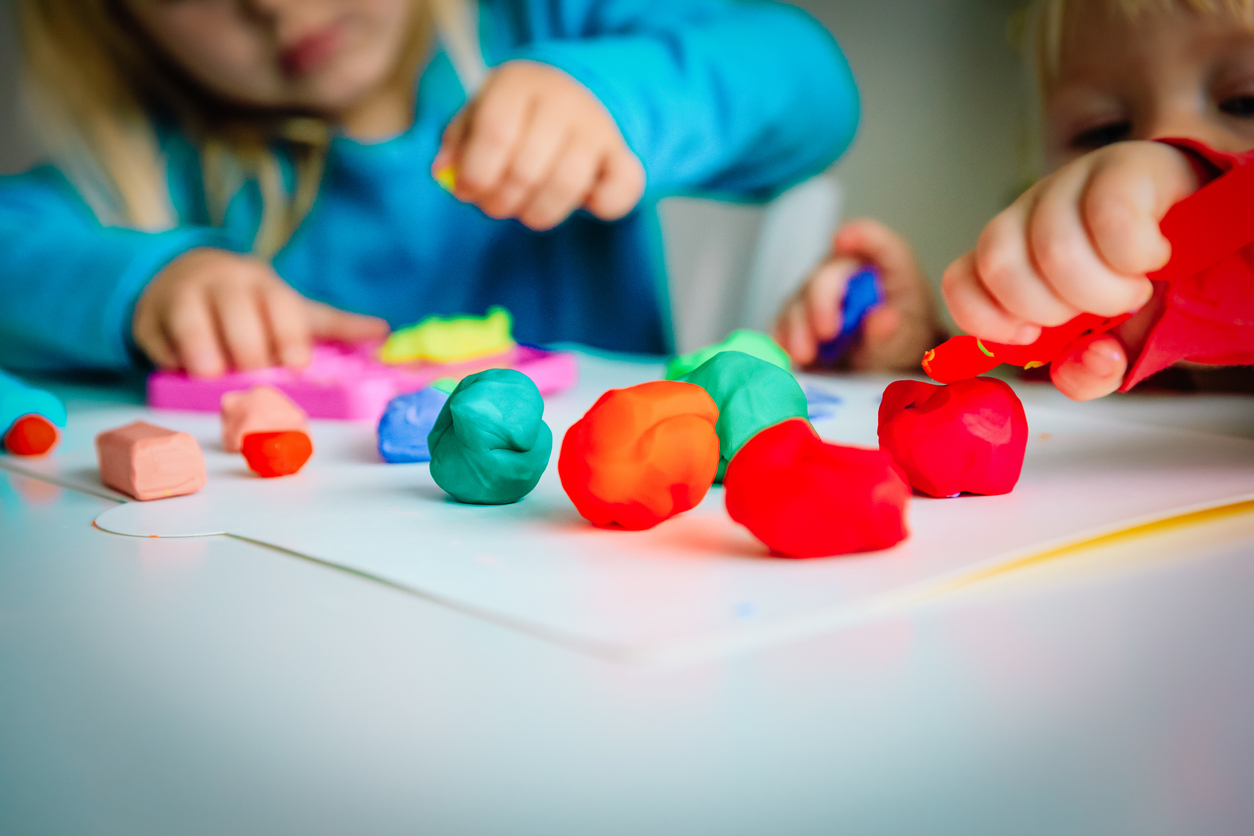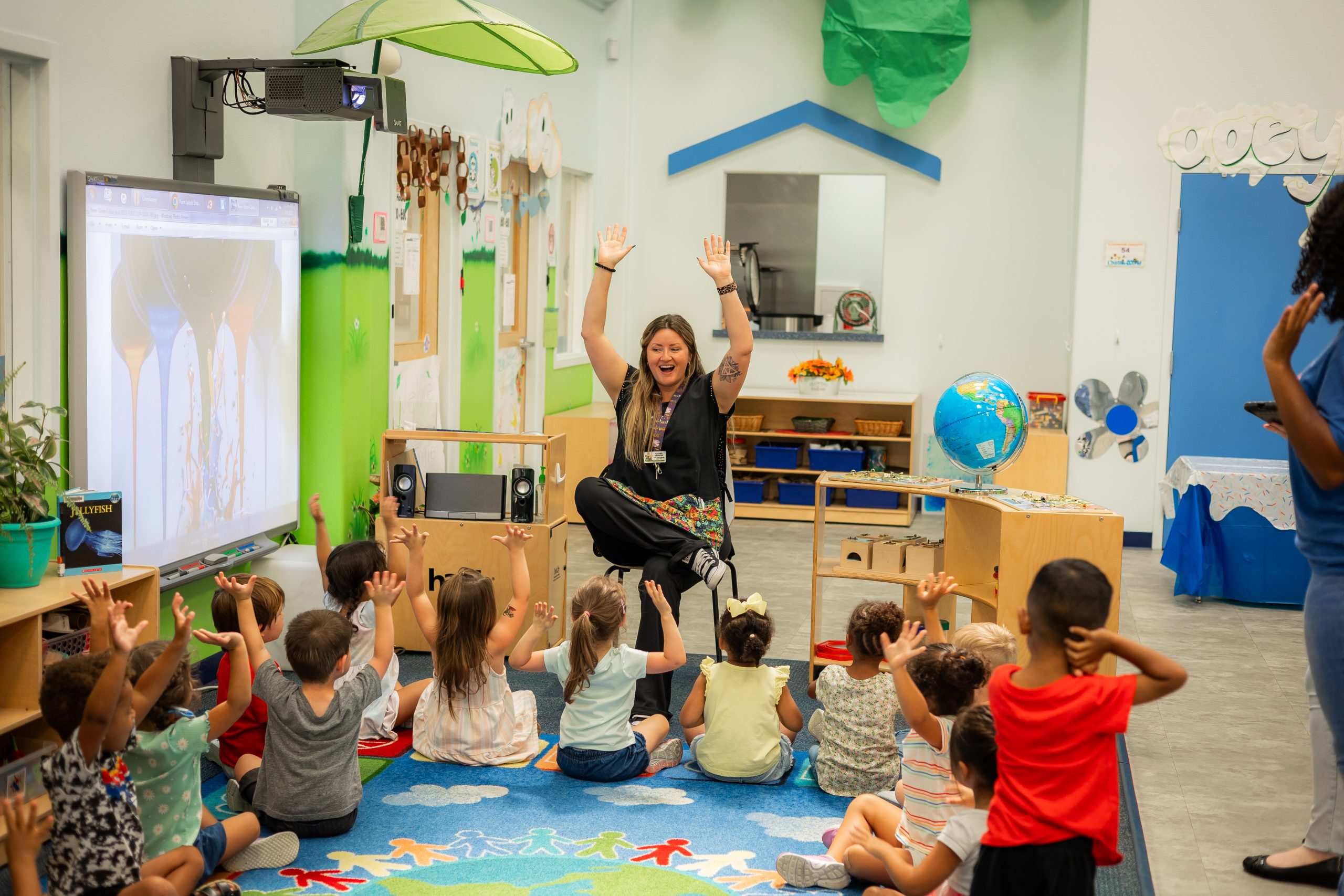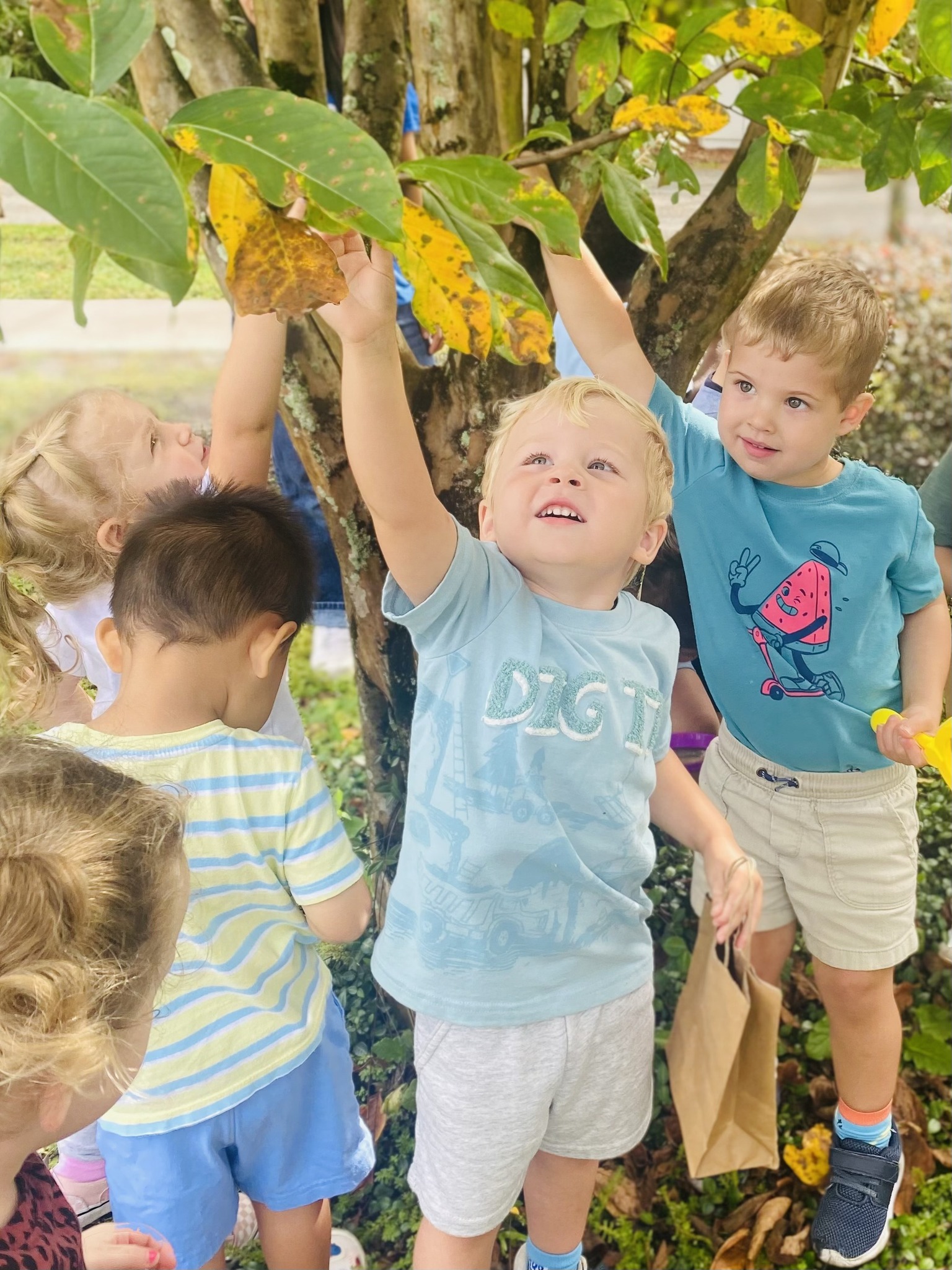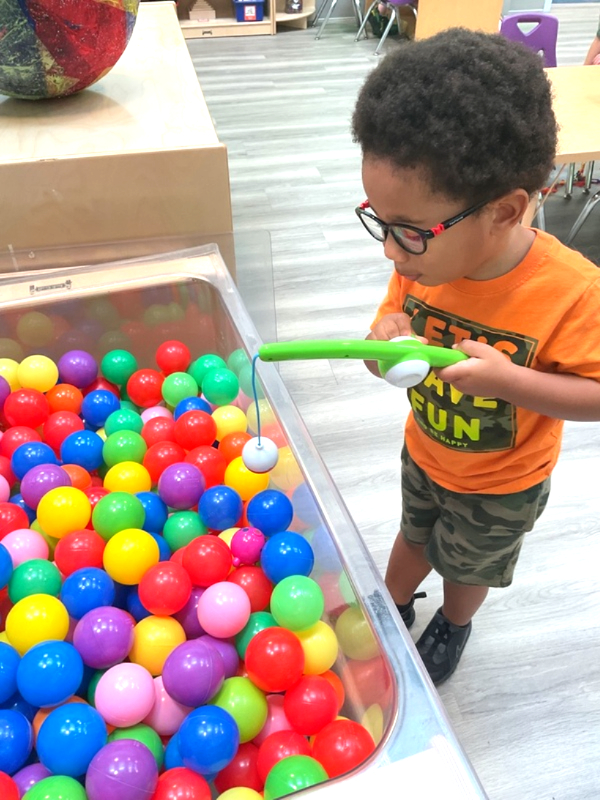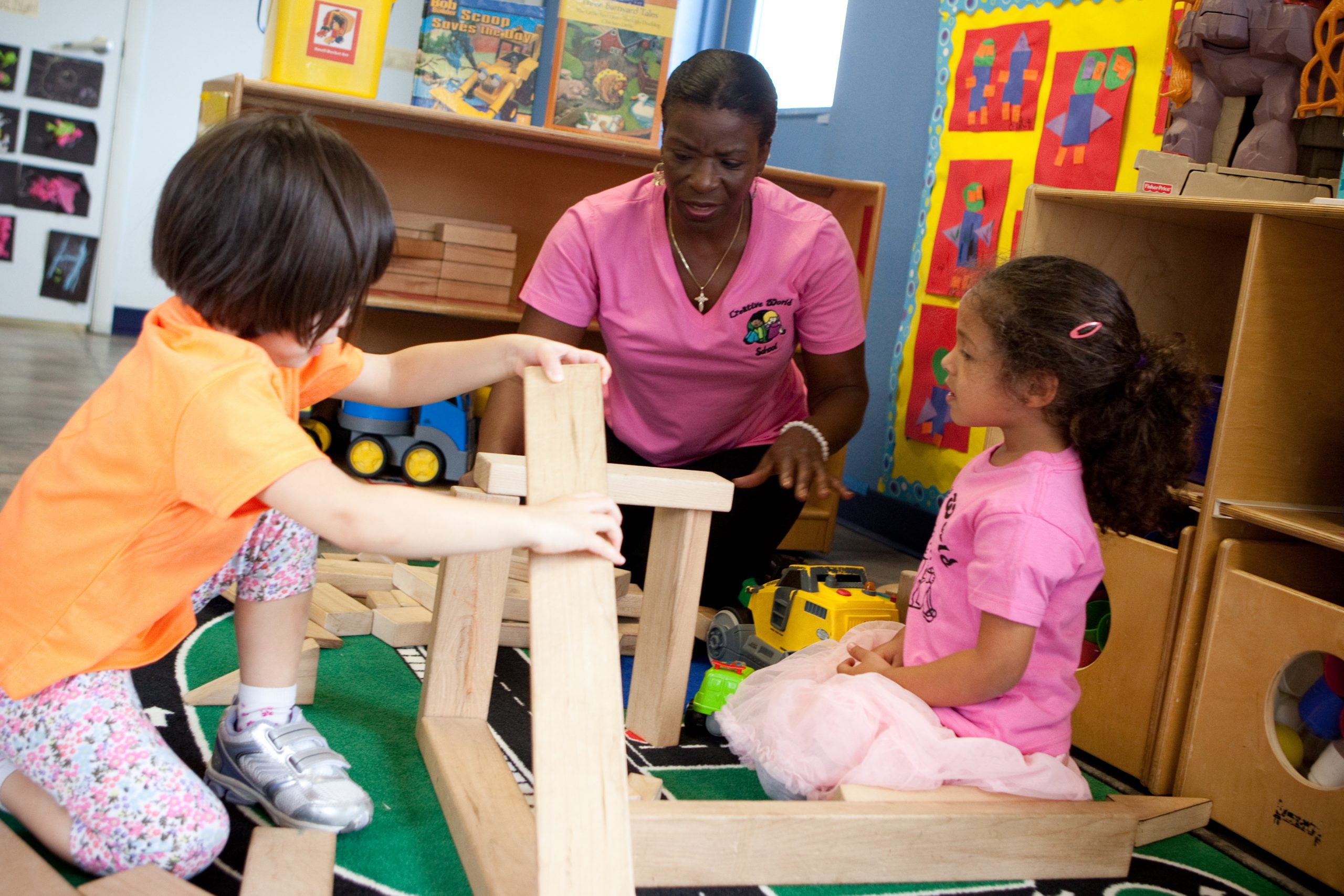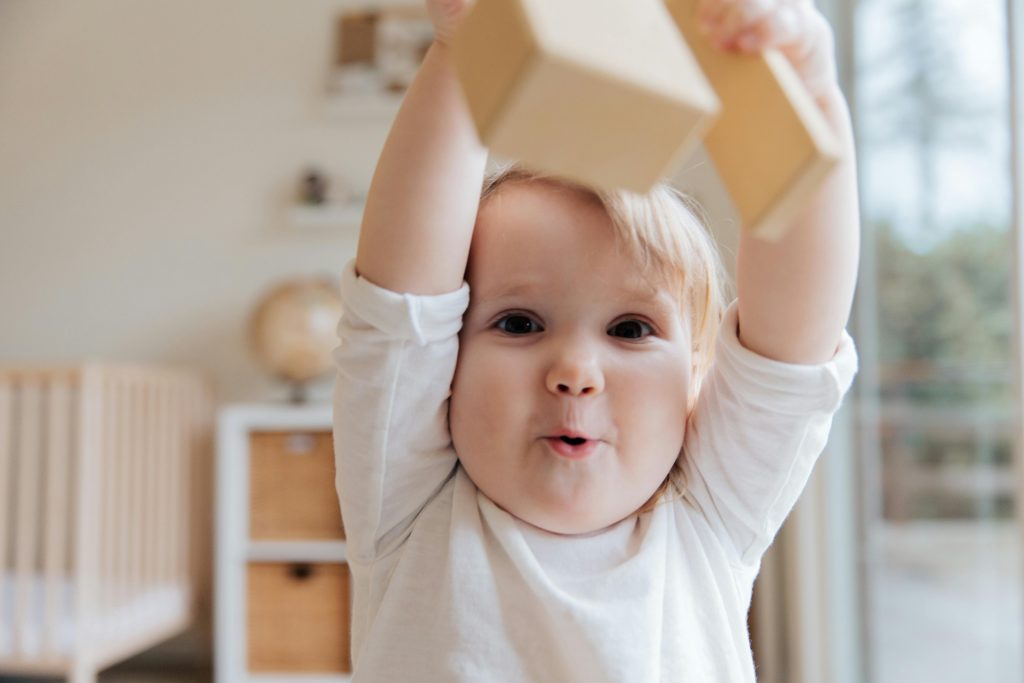
Spotting and Supporting Emotional Growth in Early Childhood
Creative world school Jul 9, 2025It’s easy to spot the big stuff, like when your child zips up their jacket or rides a bike for the first time. But emotional growth? That can be a little quieter. You might notice it when your child calms down after getting upset, or when they say “I’m sorry” without being reminded. These little moments are actually huge steps in helping them become confident, kind, and emotionally strong.
Learning how to recognize emotional growth in kids can help you support your child as they learn to handle their feelings, connect with others, and bounce back from everyday challenges. You don’t have to be a child psychologist to get this right. Just being there, listening, and encouraging them makes a big difference. Let’s look at what emotional growth really looks like and how you can support it every day.
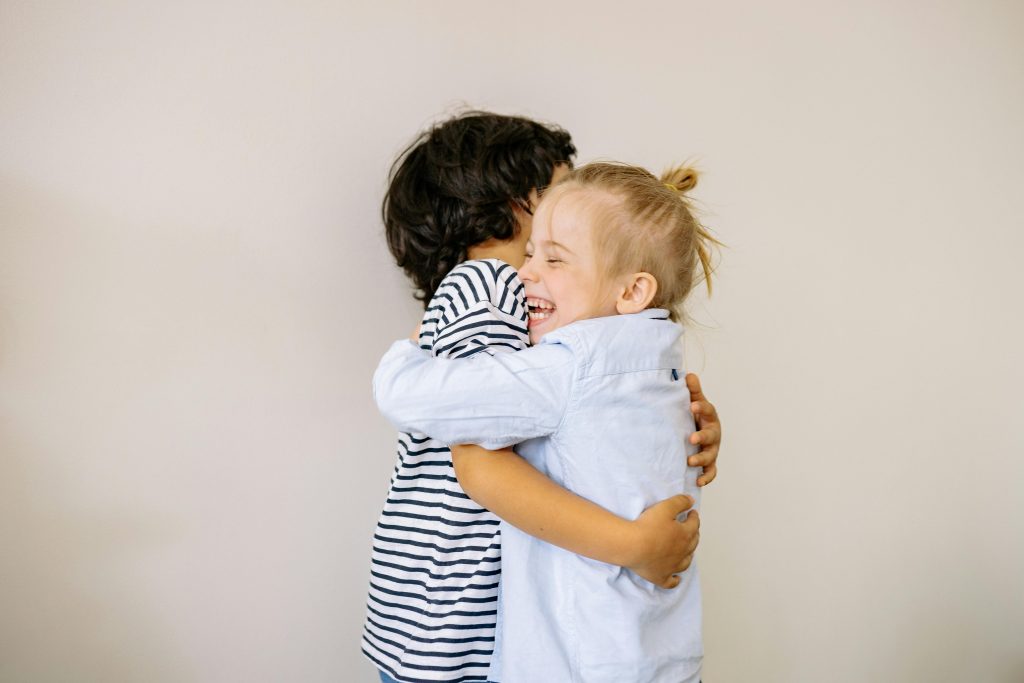
Why Emotional Growth in Kids Really Matters
Between ages 3 and 5, kids start figuring out how feelings work. They start to express emotions with words, notice how others are feeling, and try to manage tough moments like frustration or disappointment. These are big emotional wins, even if they don’t always look smooth.
Emotional growth is part of a bigger picture called emotional intelligence. When children build these early skills, they’re more likely to do well in school, get along with others, and feel good about themselves. But sometimes, kids need extra help.
Studies show that around 17% of children have social or emotional delays, and up to 14% of kids under 5 experience regular emotional challenges. In some communities, nearly 1 in 4 preschoolers are flagged for emotional struggles during routine checkups. That’s why it helps to know what signs to look for—both the positive ones and the ones that might signal your child could use more support.
Emotional Milestones to Look for From Baby to Age 5
Emotional growth happens little by little, starting from the very beginning. As your child grows, you’ll notice new ways they express feelings, connect with others, and manage big emotions. Every child moves at their own pace, but here’s a general idea of what emotional growth can look like from babyhood through age five.
Babies (Birth to 12 months)
- Starts to show simple feelings like happiness, fear, or frustration
- Smiles at familiar faces and voices
- Cries to communicate needs, then begins to calm when comforted
- Shows a preference for familiar people
- Might react to other babies crying or show distress when others are upset
Toddlers (1 to 2 years)
- Shows big feelings like excitement or frustration
- Starts using words like “happy,” “mad,” or “mine”
- Looks for comfort when upset
- May act out feelings by throwing, hitting, or screaming
- Begins showing early empathy, like offering a toy to someone who’s sad
Early Preschoolers (Around Age 3)
- Can name basic feelings like happy, sad, or mad
- Starts using words to express emotions instead of acting out
- Still gets upset easily but can calm down with help
- Follows simple routines and rules, especially with reminders
- Might try to comfort someone who is hurt or sad
- Loves pretend play and starts using it to explore feelings and relationships
Preschoolers (Around Age 4)
- Talks more about what made them feel a certain way
- Shares and takes turns more often, though it’s still a work in progress
- Can handle frustration better than before, but still needs support
- Begins to understand that people can feel differently in the same situation
- Notices and names others’ feelings more often
- Uses imagination during play to act out real-life emotions or social situations
Older Preschoolers (Around Age 5)
- Understands that actions have consequences and may talk about them
- Calms down more quickly after getting upset
- Starts solving small social problems, like asking nicely instead of grabbing
- Shows more consistent empathy and care for others
- Describes feelings with more detail, like “I felt nervous when it was my turn”
- Takes pride in helping, being kind, or doing the right thing
Every child grows at their own pace, so don’t worry if some of these signs show up earlier or later. What matters most is that your child is moving forward and learning along the way. Keep encouraging them, talking about feelings, and celebrating the little steps.
Easy Ways to Support Emotional Growth at Home
It all starts with small, everyday interactions. Talk about feelings like they’re a normal part of life. Read books like The Color Monster by Anna Llenas or The Feelings Book by Todd Parr, and ask questions like, “How do you think the bear feels?” or “What would you do if your friend was sad?”
Pretend play is a fun way for kids to work through emotions. Grab some dolls, stuffed animals, or action figures and create little stories together about friendship, problem-solving, or big feelings. Ask your child what the characters are feeling and let them take the lead. These playful, curiosity-driven moments help children build emotional understanding while boosting creativity and confidence.
Another powerful way to support your child’s emotional growth is by showing them what it looks like to handle feelings in a calm and healthy way. This starts with you. When you say something like, “I’m feeling frustrated, so I’m going to take a few deep breaths,” you’re teaching your child that emotions are okay and manageable. Kids learn so much just by watching how you respond.
When your child is having a tough time, try connecting first before correcting. You can crouch down to their level, offer a gentle touch, and speak with a soft voice. These small actions help their brain feel safe and ready to listen. Once they feel understood, they’re more likely to calm down and work through what’s going on.
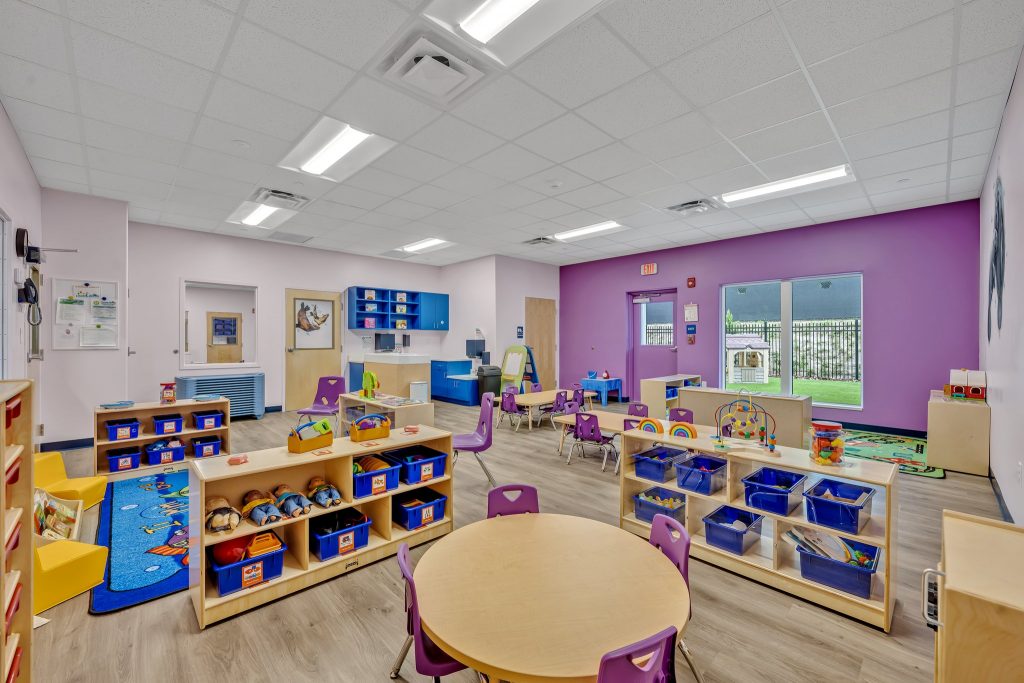
Let’s Grow Together
At Creative World School, we believe curiosity fuels learning and emotional growth. When children are encouraged to explore their world, ask questions, and express how they feel, they build confidence, empathy, and self-awareness. Our classrooms are designed to support both learning and emotional development through playful, meaningful experiences. Learn how our classrooms support emotional development. Find a preschool near you and schedule a visit today.


